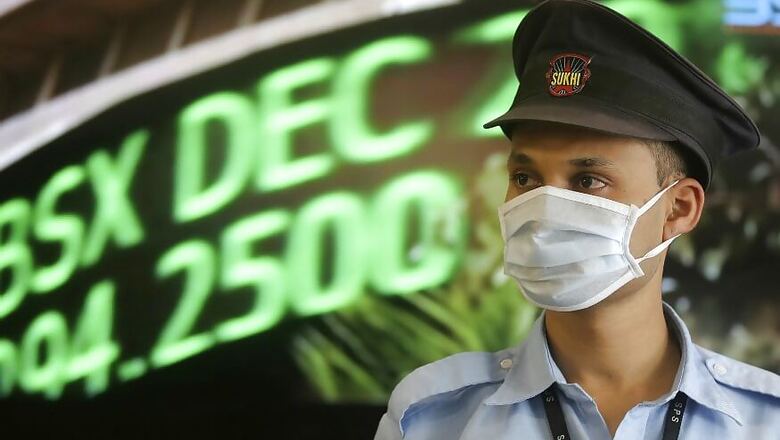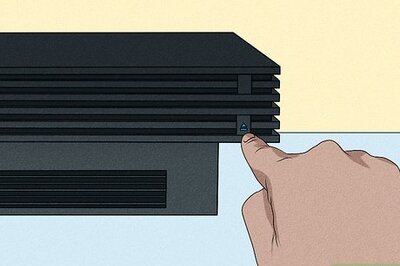
views
Banks and non-bank lenders are likely to see a spike in their stressed assets in the current fiscal as slower economic activity amid the coronavirus pandemic may affect debt servicing capabilities of borrowers, says a report.
The spike in reported non-perfoming assets (NPAs) would be reflected over the next few quarters, rating agency Icra said. It expects GDP growth to slow to 2 per cent during financial year 2020-21 from estimates of 4.4 per cent in 2019-20.
"The asset quality pressure for banks and non-banks (NBFCs) is expected to increase in FY21, notwithstanding the three-month moratorium provided by the Reserve bank of India (RBI) to borrowers on their loan repayments," the rating group head (financial sector ratings) Karthik Srinivasan told reporters through a webinar.
He said the actual increase in the quantum of NPAs for banks and NBFCs will be known after some more days.
Last week, the Reserve Bank of India (RBI) gave a relief package for retail borrowers and businesses by announcing a three-month moratorium on payment of all term loans falling due between March 1, 2020 and May 31, 2020.
"We expect the asset quality stress is likely to reflect with a lag of 1-2 quarters post the removal of the moratorium and the stress will vary across segments," he said.
In case of banks, he said, NPA generation will increase as compared to an earlier expectation of moderation in bad loans.
"Credit costs to remain elevated and recoveries will get pushed back for banks," he added. The gross slippage rate for state-owned banks is likely to be 4.5-5 per cent and the provision coverage ratio (PCR) may decline to 57-60 per cent, the rating agency said.
"The solvency profile of PSBs will weaken to 53-57 per cent from current level of 51 per cent," Srinivasan said.
Private sector banks are likely to see gross slippage rate of 4-5 per cent and a fall in PCR to 60-62 per cent in the current fiscal.
As businesses are affected by lockdown and slowdown in economic activity, NBFCs are expected to adopt a cautious approach towards fresh business and focus on shoring up liquidity, he said.
"Moderation in asset quality and higher provisioning requirements for stage 1 and 2 assets will drive up credit costs of NBFCs which is likely to increase by 50-100 per cent over the next few quarters," he said.
NPAs for NBFCs are likely to increase by 50-100 per cent from current levels, over the next few quarters, depending on asset class.
"We expect non-banks will further increase their focus on funding from bank borrowings in the near-term, which may push up the credit growth of banks," Srinivasan said.
The rating agency said amid funding challenges, higher on-balance sheet liquidity and uncertainty on asset quality, private lending institutions are likely to remain cautious on fresh disbursements, whereas the public sector banks (PSBs) may be constrained by their capital position and merger induced bottlenecks.
With a low credit growth, likely rise in credit costs and drag of excess liquidity, it expects the profitability (RoA) of financial sector entities to be adversely affected by 50-90 basis points during FY21.
With the recent cut in policy rates by RBI and small savings rates by the government, it is expected that the banks will cut their one-year deposit rates by around 50-70 bps during FY21, Icra said.


















Comments
0 comment